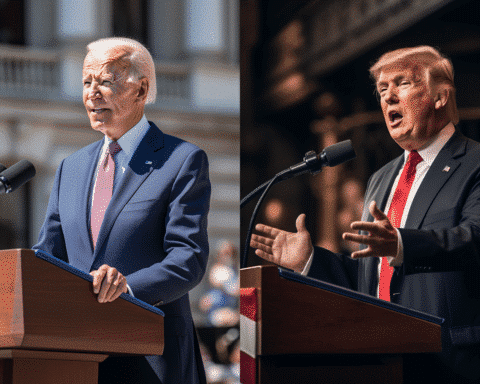Global trade is poised for a remarkable rebound in 2024, set to more than double its growth rate from the previous year, as per projections from international organizations including the OECD, IMF, and World Trade Organization. The resurgence comes on the heels of a slowdown in 2023 attributed to factors such as escalating prices, rising interest rates, and subdued demand.
Forecasts from the OECD indicate that global trade in goods and services is anticipated to rise by 2.3% this year, with an even more robust growth of 3.3% projected for 2025. This marks a substantial acceleration compared to the modest 1% growth recorded in 2023. China and East Asia are expected to play pivotal roles in driving this surge in trade activity.
Early indicators already suggest a positive trend in global trade, with significant implications for major economies. Recent data from the Eurozone reveals a noteworthy uptick in trade, contributing to quarter-on-quarter growth of 3.2% in Germany, the region’s largest economy. Spain, buoyed by a timely boost from Easter holidays in March, saw a notable contribution from external demand to its first-quarter growth.
Across the Eurozone, countries like Italy and France also reported increases in goods exports, signaling a broad-based recovery in trade activity. France, in particular, recorded a 2.9% rise in goods exports in March, leading to a reduction in the country’s trade deficit to its lowest level in three years.
The positive momentum extends beyond Europe, with global trade volumes expected to see a significant upswing according to the IMF’s latest World Economic Outlook. The WTO also forecasts a rebound in goods trade by 2.6% in 2024, following a decline of 1.2% in the previous year.
Experts attribute this resurgence in global trade to a combination of factors, including the cyclical recovery of trade alongside broader economic growth and the gradual resolution of the manufacturing recession that characterized 2023. The World Trade Monitor reports a return to growth in goods trade, driven by expansions in major economies like China and the United States.
However, despite the encouraging signs, the trajectory of global trade remains below pre-pandemic levels. Average annual growth rates between 2006 and 2015 stood at 4.2%, highlighting the ongoing challenges posed by geopolitical tensions, regional conflicts, and economic uncertainties.
Recent geopolitical developments, such as Russia’s invasion of Ukraine, have exacerbated these risks, leading to a slowdown in trade flows between geopolitically aligned blocs. Furthermore, the upcoming US election adds another layer of uncertainty, with former President Donald Trump proposing tariff increases on US trading partners if re-elected, particularly targeting imports from China.
Looking ahead, while the outlook for global trade appears promising, the path to sustained growth remains contingent on addressing underlying challenges and uncertainties. Governments and international institutions will need to navigate geopolitical complexities, foster cooperation, and promote policies conducive to trade expansion to ensure a resilient and inclusive global trading system.
As global trade gathers momentum, its implications extend far beyond economic indicators, shaping the trajectory of nations and the interconnectedness of the global economy. With concerted efforts, the world stands poised to harness the potential of trade as a driver of prosperity and sustainable development in the years to come.





